Daniel Harari |
 |
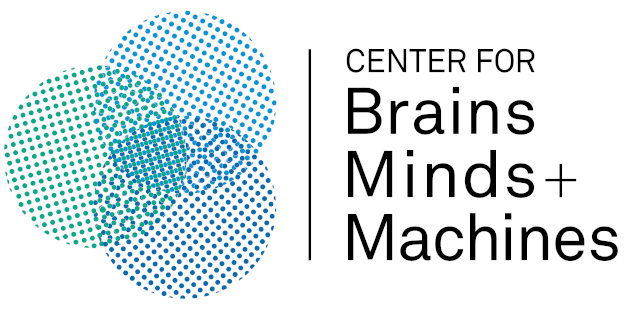 |
|---|
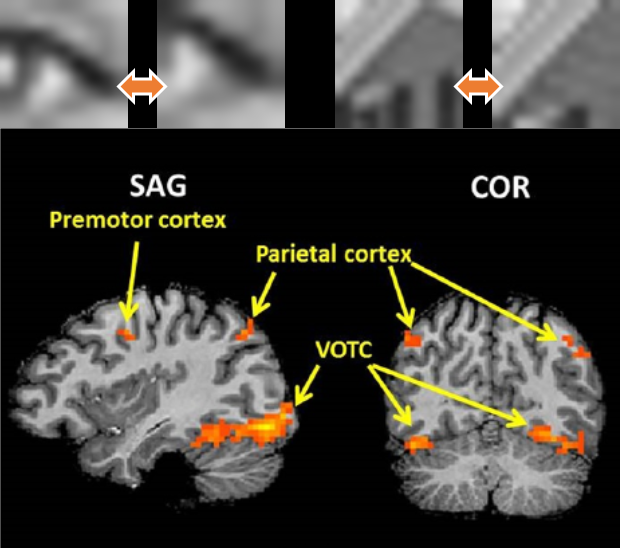
Y. Holzinger, S. Ullman, D. Harari, M. Behrmann , G. Avidan (2019).
Minimal Recognizable Configurations Elicit Category-selective Responses in Higher Order Visual Cortex .
J Cogn Neurosci, 31(9): 1354-1367.
(Online, PDF)
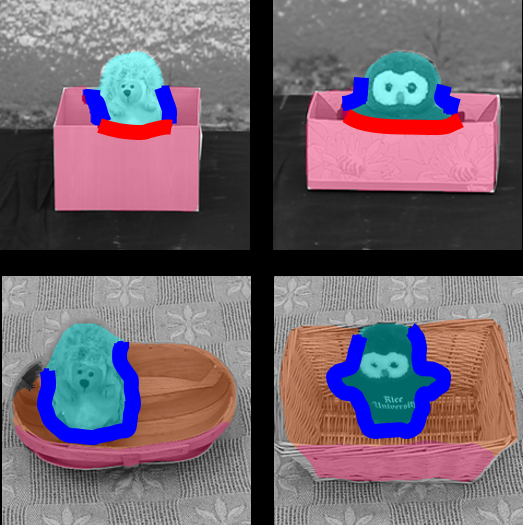
S. Ullman, N. Dorfman and D. Harari (2019).
A model for discovering 'containment' relations .
Cognition, 183: 67-81.
(Online, PDF, Project webpage)
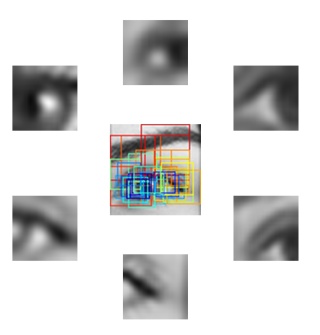
S. Ullman, L. Assif, E. Fetaya and D. Harari (2016).
Atoms of recognition in human and computer vision.
Proceedings of the National Academy of Sciences - PNAS, 113(10): 2744-2749.
(Abstract, PDF, Project webpage)
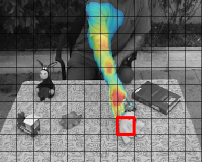
S. Ullman, D. Harari and N. Dorfman (2012).
From simple innate biases to complex visual concepts.
Proceedings of the National Academy of Sciences - PNAS 109(44): 18215-18220.
(Abstract, PDF, Project webpage)
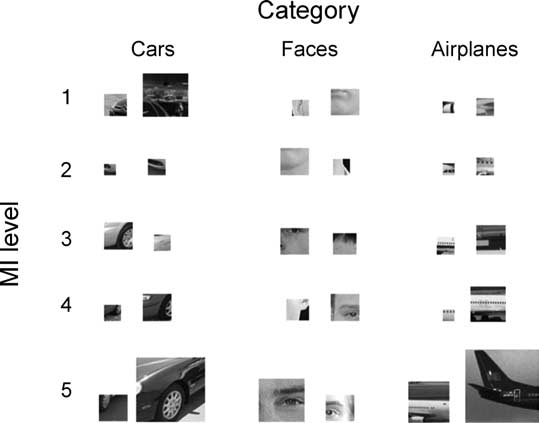
A. Harel, S. Ullman, D. Harari and S. Bentin (2011).
Basic-level categorization of intermediate complexity fragments reveals top-down effects of expertise in visual perception.
Journal of Vision 11(8):18, 1�13.
(Abstract, PDF)
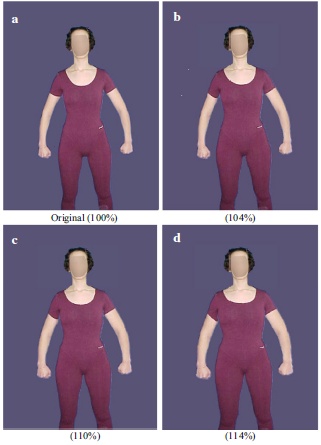
A. Caspi, R. Amiaz, N. Davidson, E. Czerniak, E. Gur, N. Kiryati, D. Harari, M. Furst, D. Stein (2016).
Computerized assessment of body image in anorexia nervosa and bulimia nervosa: comparison with standardized body image assessment tool.
Archives of Women's Mental Health, 1�9.
(Abstract, PDF)
D. Harari, M. Furst, N. Kiryati, A. Caspi and M. Davidson (2001).
A computer-based method for the assessment of body-image distortions in anorexia-nervosa patients.
IEEE Transactions on Information Technology in Biomedicine 5(4): 311-319.
(Abstract, PDF)
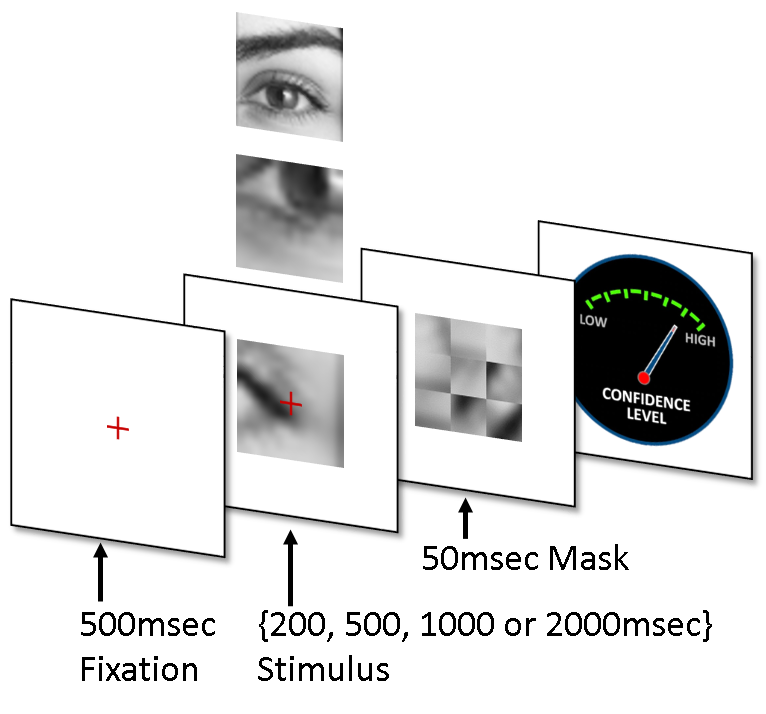
D. Harari, H. Benoni and S. Ullman (2020).
Object recognition at the level of minimal images develops for up to seconds of presentation time.
Journal of Vision, (20):266.
(Abstract)
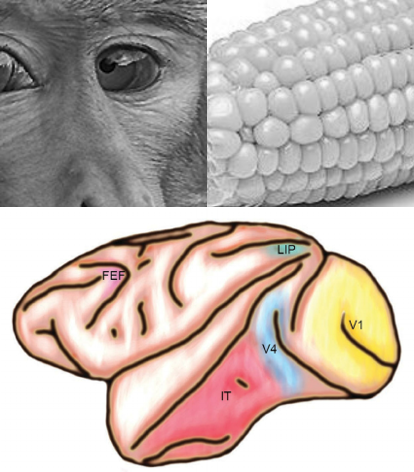
T. S. Altavini, G. Astorga, D. Harari, S. Ullman, G. N. Reeke, W. Freiwald, C. D. Gilbert (2018).
Cortical representation of objects and their components.
The Annual Meeting of the Society for Neuroscience (SfN).
(Abstract)
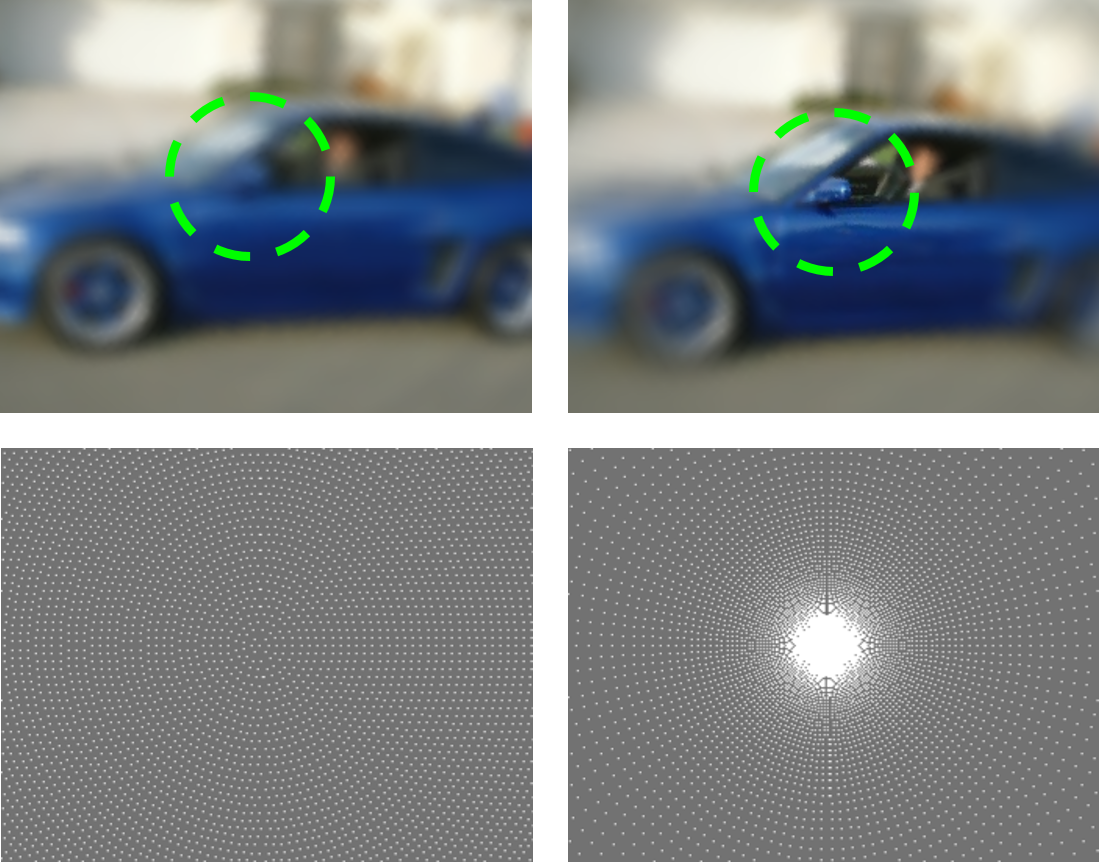
H. Gorodissky, D. Harari, and S. Ullman (2018).
Large field and high resolution: detecting needle in a haystack.
Journal of Vision, (18):517.
(Abstract, Poster)
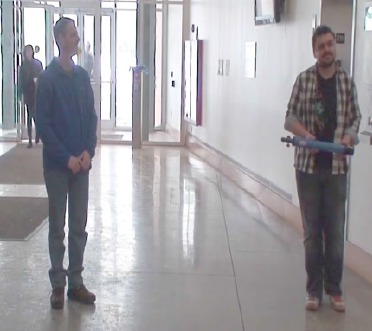
Y. Berzak, A. Barbu, D. Harari, B. Katz and S. Ullman (2015).
Do you see what I mean? Visual resolution of linguistic ambiguities.
Proceedings of the Conference on Empirical Methods on Natural Language Processing (EMNLP).
(PDF, Corpus webpage)
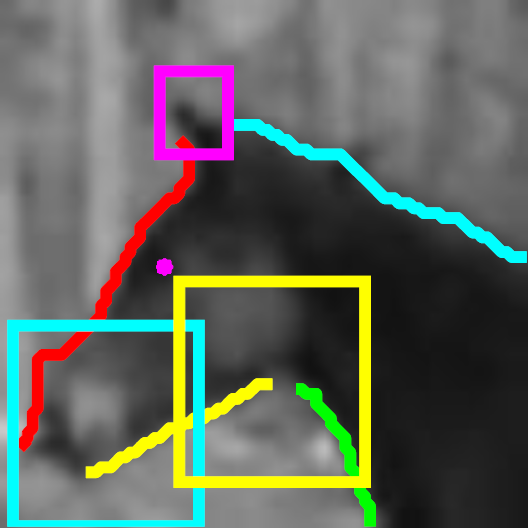
G. Ben-Yosef, L. Assif, D. Harari, and S. Ullman (2015).
A model for full local image interpretation.
The Annual Conference of the Cognitive Science Society (CogSci).
(Abstract, PDF)
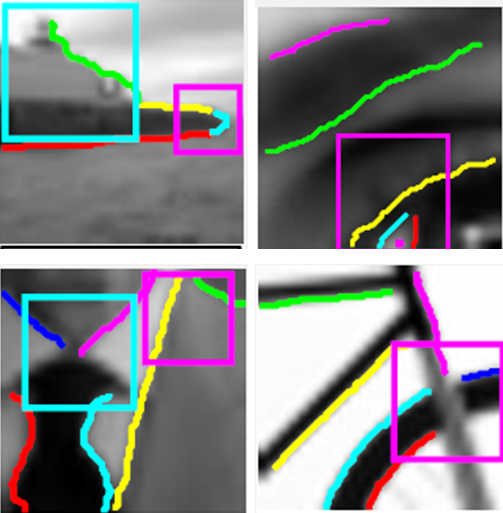
G. Ben-Yosef, L. Assif, D. Harari, E. Fetaya and S. Ullman (2014).
Object interpretation: extending and validating object recognition.
Journal of Vision, (14):1289.
(Abstract, Poster)
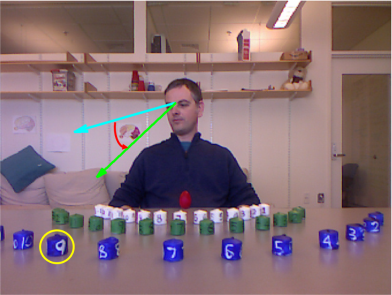
T. Gao, D. Harari, J. Tenenbaum and N. Kanwisher (2014).
What are you looking at?: The acuity of joint attention.
Journal of Vision, (14):1273.
(Abstract, Poster)
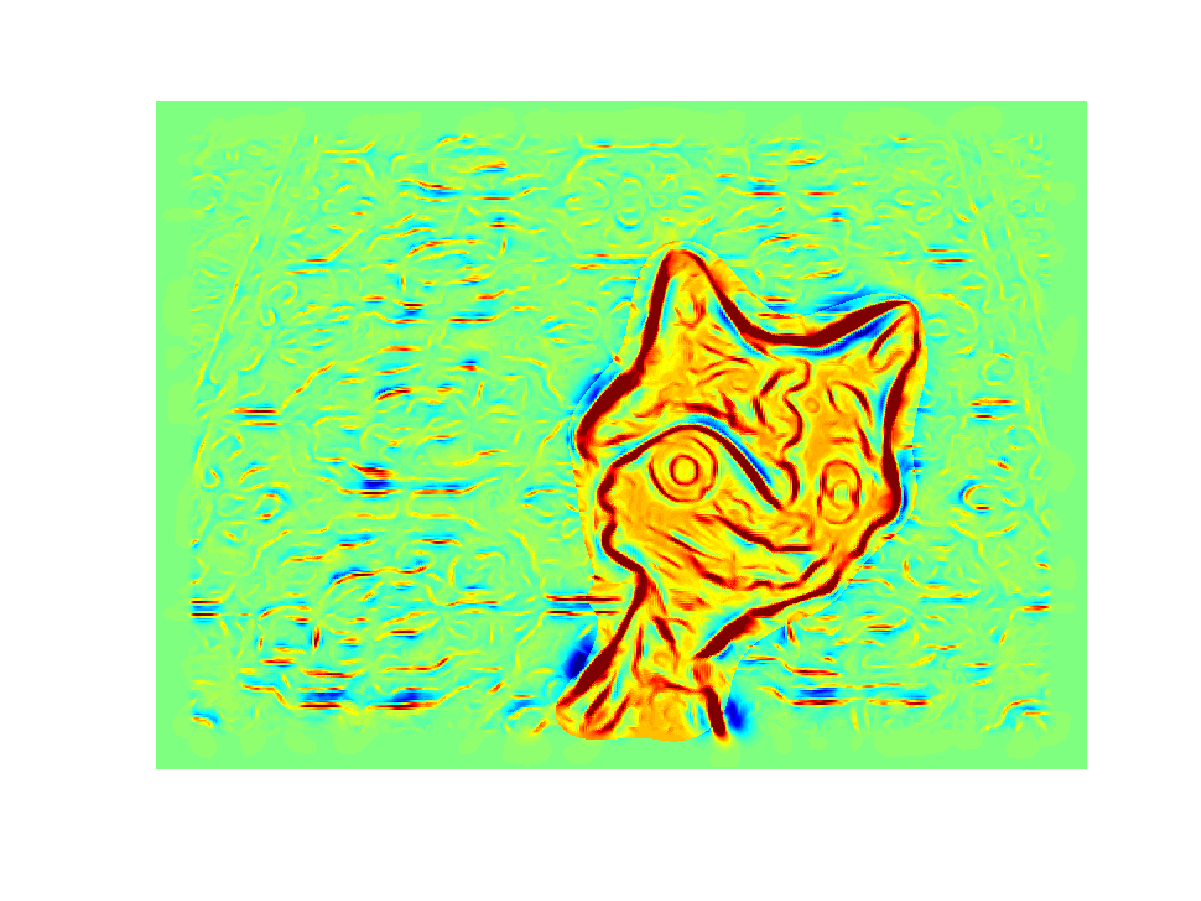
N. Dorfman, D. Harari and S. Ullman (2013).
Learning to Perceive Coherent Objects.
Proceedings of The Annual Meeting of the Cognitive Science Society (CogSci), 394-399.
(Abstract, PDF, Marr prize, Project webpage)
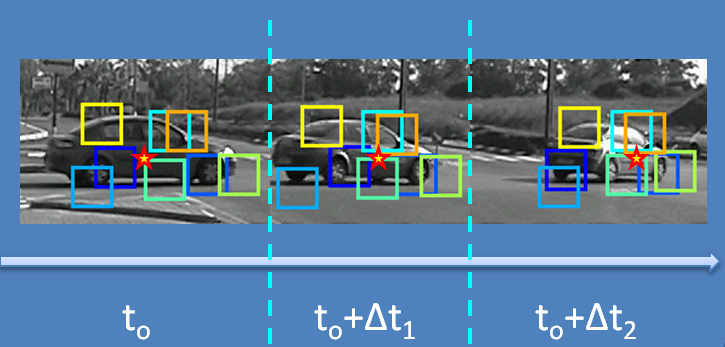
D. Harari and S. Ullman (2013).
Extending Recognition in a Changing Environment.
Proceedings of the International Conference on Computer Vision Theory and Applications (VISAPP), 1:632-640.
(Abstract, PDF, Project webpage)
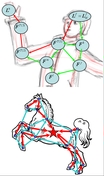
L. Karlinsky, M. Dinerstein, D. Harari and S. Ullman (2010).
The chains model for detecting parts by their context.
Proceedings of the IEEE Conference on Computer Vision and Pattern Recognition (CVPR) :25-32.
(Abstract, PDF, Slides, Matlab code)
D. Harari, M. Furst, N. Kiryati, A. Caspi and M. Davidson (2000).
Computer-based assessment of body image distortion in anorexia nervosa patients.
Lecture Notes in Computer Science of the Third International Conference in Medical Image Computing and Computer-Assisted Intervention (MICCAI), 1935: 766-775.
(Abstract, PDF)
S. Ullman, D. Harari, L. Assif and I. Koifman (2019).
Multi-layer viewing system and method. Patent by Weizmann Institute of Science (Yeda Research and Development Ltd.) WO2018IL51143 (US201762577332P) (Online, PDF).
N. Kiryati, T. Riklin-Raviv, Y. Ivanchenko, S. Rochel, I. Dvir and D. Harari (2008).
Apparatus and methods for the detection of abnormal motion in a video stream. Patent by Tel-Aviv University (Ramot) and Nice Systems Ltd. EP1631073 (US20060045185), European Patent Specification (Online, PDF).

H. Benoni, D. Harari and S. Ullman (2020).
What takes the brain so long: Object recognition at the level of minimal images develops for up to seconds of presentation time.
arXiv:2006.05249 [q-bio.NC].
(Abstract, PDF)

H. Gorodissky, D. Harari and S. Ullman (2018).
Large Field and High Resolution: Detecting Needle in Haystack.
arXiv:1804.03576 [cs.CV].
(Abstract, PDF)
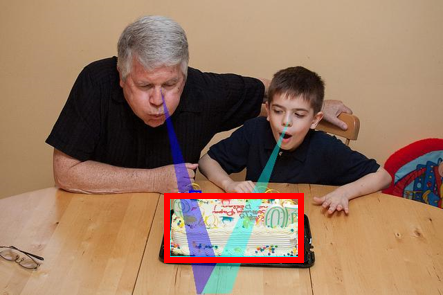
D. Harari, J. Tenenbaum and S. Ullman (2018).
Discovery and usage of joint attention in images.
arXiv:1804.04604 [cs.CV].
(Abstract, PDF)
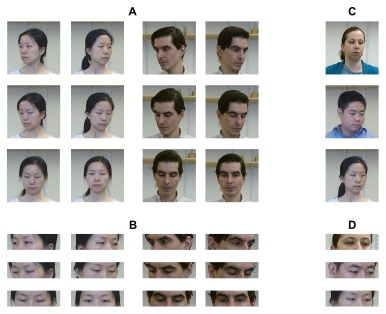
G.Tao, D. Harari, N. Kanwisher, J. Tenenbaum and S. Ullman (2016).
Measuring and modeling the perception of natural and unconstrained gaze in humans and machines.
CBMM Memo No. 059, arXiv:1611.09819 [q-bio.NC].
(Abstract, PDF)
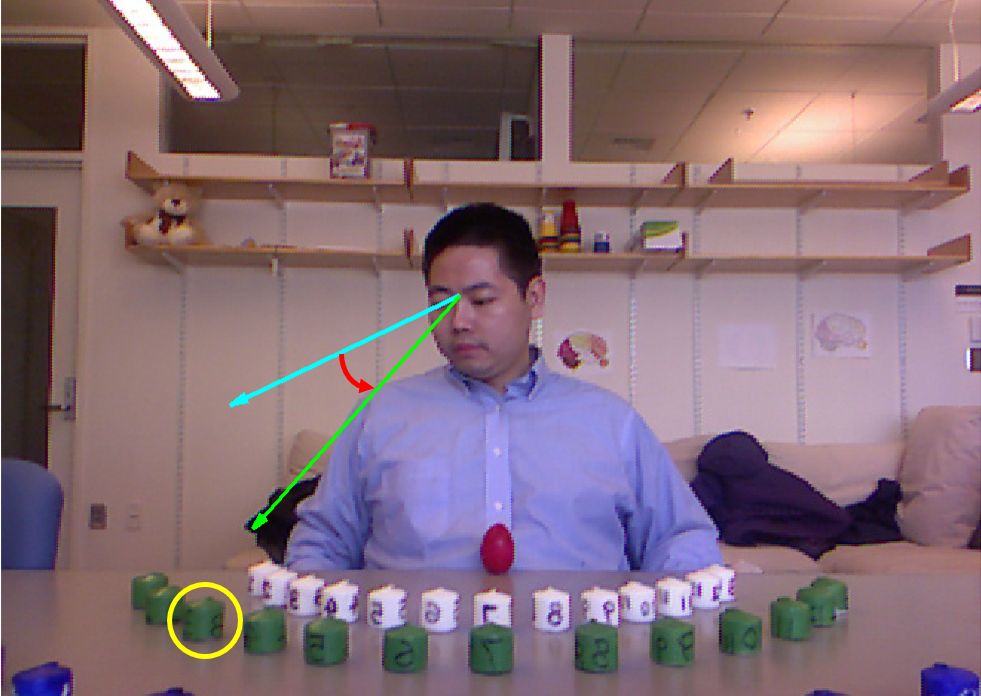
G.Tao, D. Harari, J. Tenenbaum and S. Ullman (2014).
When Computer Vision Gazes at Cognition.
CBMM Memo No. 025, arXiv:1412.2672 [cs.AI].
(PDF)

D. Harari (2012).
Using Motion and Internal Supervision in Object Recognition.
PhD dissertation, Weizmann Institute of Science, arXiv:1812.05455 [cs.CV].
(PDF)